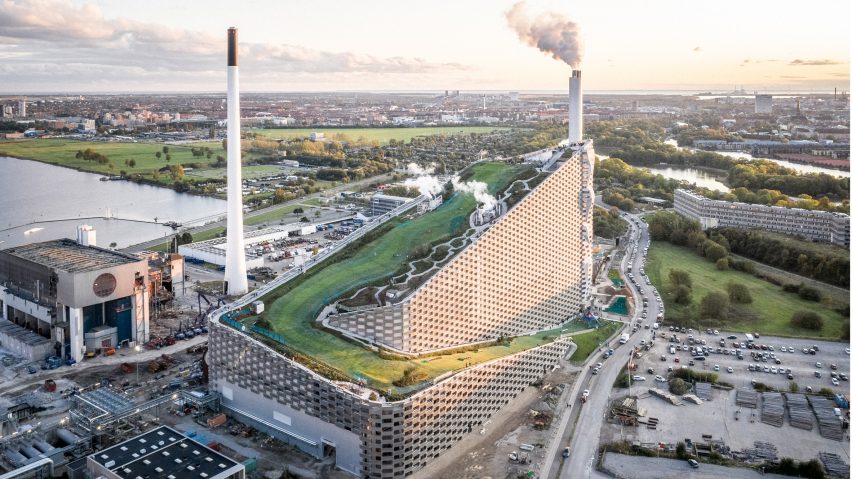
Can we learn from the Danish about designing with the user in mind?
Many working within the digital space realise the importance of designing with the user in mind; which is why user experience (UX) design is one of the key principles and core focus points for many digital agencies and independant creative experts across the UK . Whilst UX design primarily focuses on creating digital interfaces and experiences, many of these principles can also be applied to everyday life. How many of the principles of user experience design are actually transposed into everyday life when we step away from our desk, and how many do you tend to pick up on when out of the workplace?
I’ve just returned from a 4 day break in Copenhagen, and it never ceases to amaze me; just how the Scandinavians well and truly live up to their famed reputation of achieving functionality in design for human interaction.
If websites can be made to be accessible, why can’t everything else be?
Let’s start with the infrastructure of the rail transport network in Denmark. As with many countries on the continent it’s far more reliable and dependable than here in the UK. Double decker trains for larger capacity (more passengers), and trains that are always on time, with dedicated areas of the carriages for buggies and bikes, rather than (as in the UK) being stuck in the mid-section between two carriages with no seating.
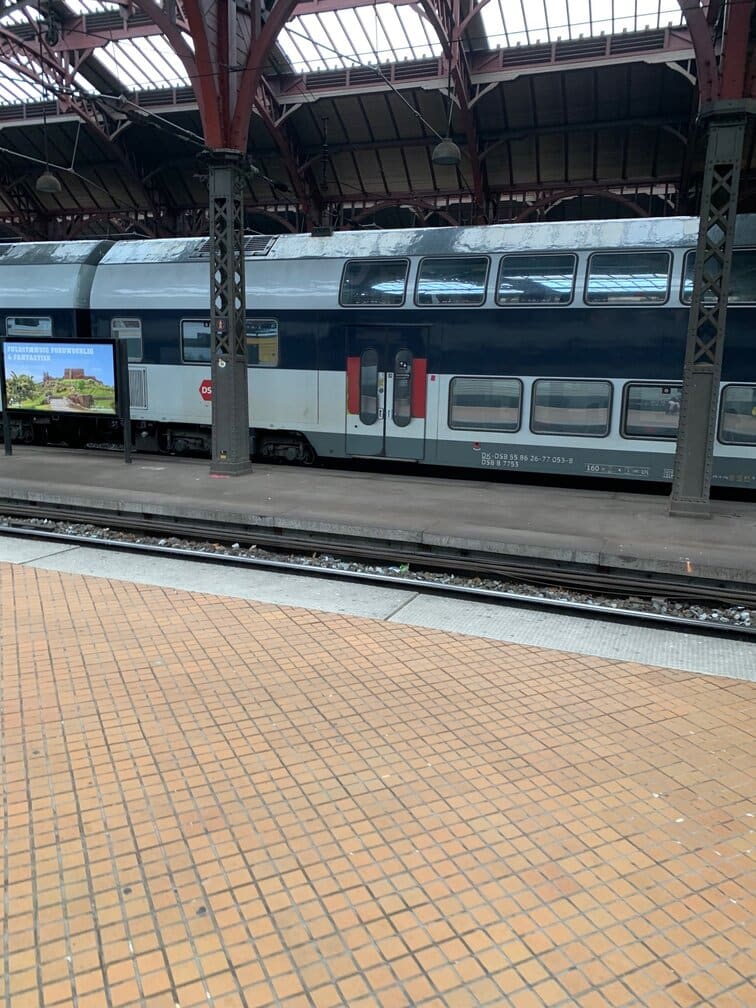
One of the key areas that the Danes get spot on is accessibility. UX design principles place a strong emphasis on accessibility, ensuring that interfaces and experiences are usable by as many people as possible, regardless of their abilities. This principle can also be applied to everyday life, such as designing public spaces that are accessible for people with disabilities or ability or creating products that are easy for everyone to use.
Travelling with my young family, all I had to do was to open my eyes in their shopping centres to be pleasantly surprised by the way they had created a shopping experience well and truly centred around ‘families’. It made my experience more relaxing; as there’s nothing more frustrating than holding your toddler mid-air above an adult toilet. There were also separate, secure breastfeeding rooms, along with baby changing facilities – as well as a playzone for kids to help with the inevitable boredom that comes with shopping at a young age – unless it’s for toys of course!
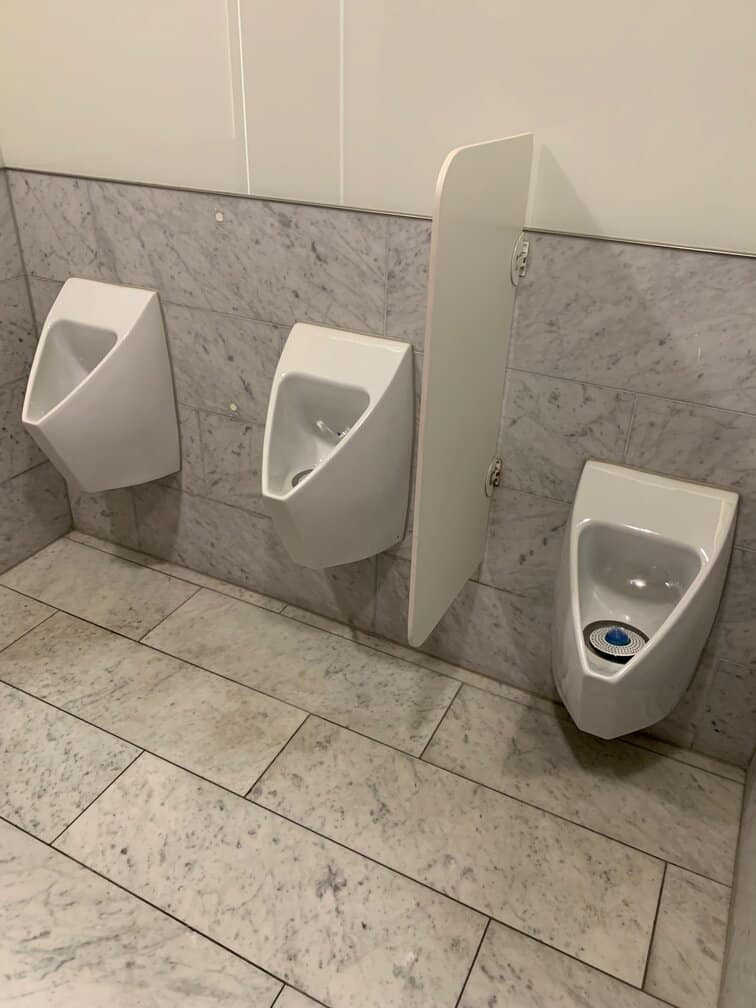
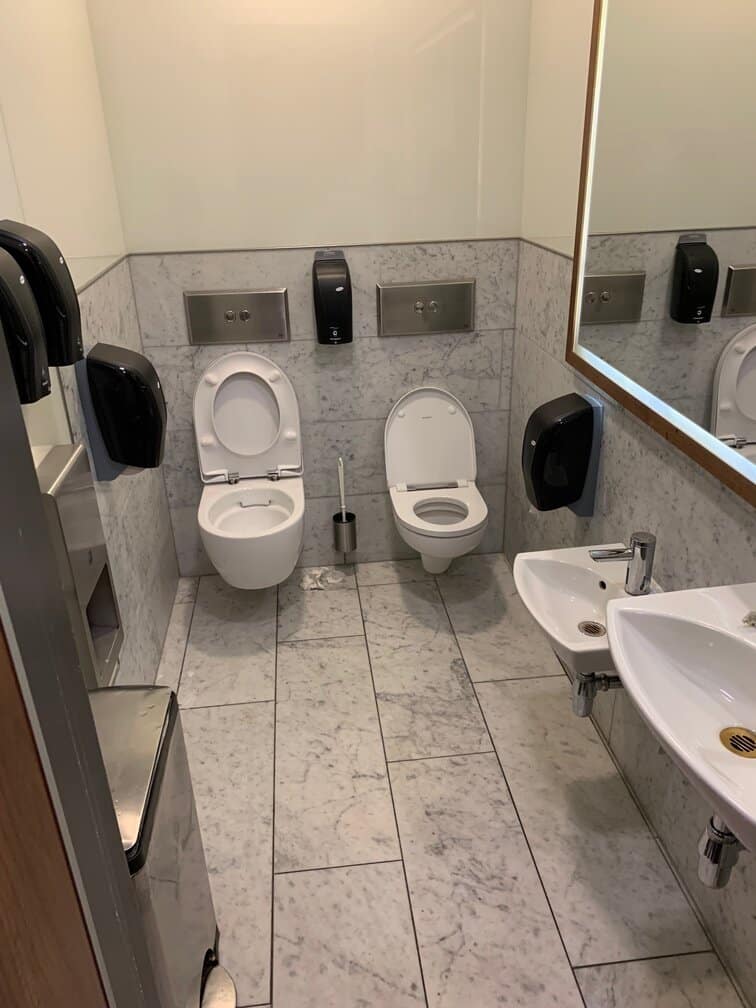
*Infant toilets in all areas such as this in – Fisketorvet – Copenhagen Mall
*Infant cars with shopping baskets to help lessen the kids boredom
One of the takeaways from visiting Denmark with the family was the realisation that, by focusing on functionality, emphasising human interaction, prioritising sustainability, and embracing innovation, we can learn so much from the Danish approach to design by creating products, services and experiences that better meet the desires and needs of their users. This applies to the following and so much more:
- Safe transportation – learning from countries such as Denmark and working on an infrastructure across the UK (particularly in big cities) where cyclists and motorists can co-exist in an environment as safe as Scandi countries such as Denmark, or Amsterdam. Not having cycling advocates such as Jeremy Vine being a martyr for cyclists and remonstrating daily about the stresses of cycling in the capital.
- Shopping as an experience – it shouldn’t necessarily be a chore, particularly with young children tagging along and a breastfeeding wife. What can shopping centres do more of to accomodate us? Do shopping centres do enough to attract footfall? How about more co-working spaces within the shopping centres, as they have in Denmark.
- Design behind the functionality – are homes and apartments as creative (architecturally speaking) as they can be, or are British developers continuing to develop and design properties with a cookie cutter approach to design? Grand Designs ‘The Street’ – really gave us a sense of what can be achieved (on a bespoke basis) over mass-residential construction zones courtesy of Red Row, David Wilson, or Barratt Homes producing very similar looking properties, akin to a theme or template website in the digital world!
Brave & bold design & build outside Fisketorvet – Copenhagen Mall
Is the above realistic for the UK to achieve Danish standard design and functionality?
It would require a significant amount of investment, planning, and political will. Scandinavian countries have invested heavily in infrastructure and transportation over recent years, which has helped to improve efficiency and quality of life. However, achieving similar levels of infrastructure and efficiency in the UK would require significant investment, which would prove to be especially challenging in the current climate. Furthermore, Scandinavian countries have a strong culture of cooperation and consensus-building, which has helped to facilitate effective decision-making and implementation of policies. The UK has a different political culture, which may make it more challenging to achieve similar levels of efficiency and cooperation.
That said, there are many areas where the UK can learn from Scandinavian countries and adopt best practices to improve efficiency and infrastructure. For example, the UK could invest more in public transportation and renewable energy, as Scandinavian countries have done, to reduce traffic congestion and greenhouse gas emissions.
If (in the UK) we can overcome hurdles and challenges in the digital world to create unique online experiences by creating and delivering truly outstanding, bespoke websites and online experiences – is it insurmountable to hope or expect for better in everyday life from our experiences outside of the workplace? If the UK can learn from the successes of countries such as Denmark and adopt best practices to provide improved infrastructure, design and functionality in many things we use – there’s hope yet!


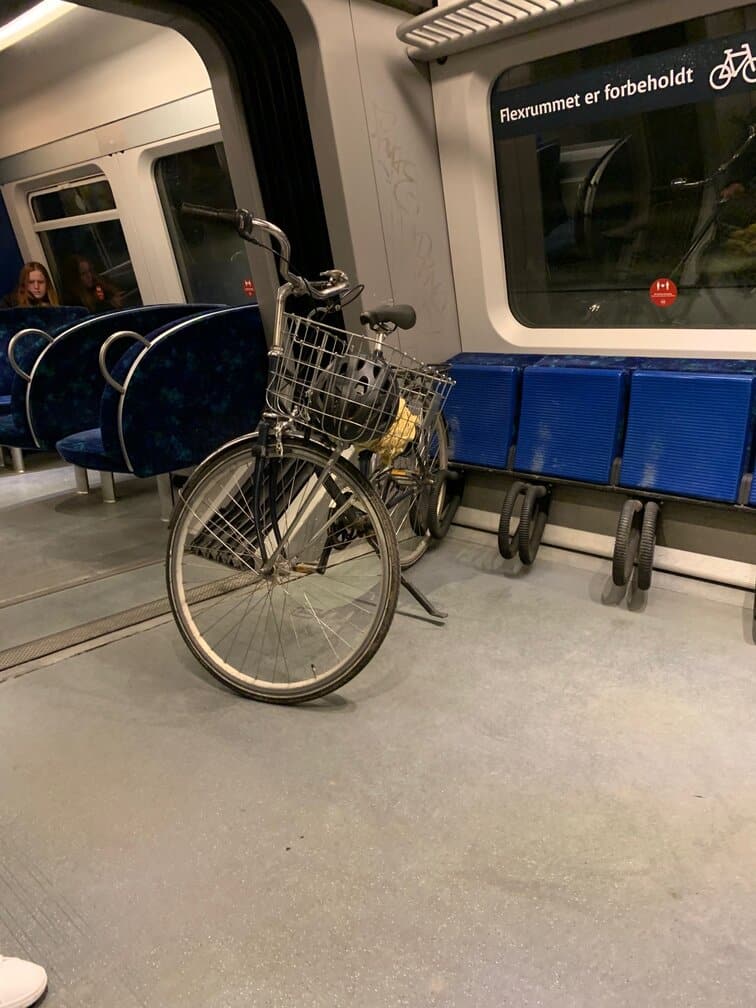
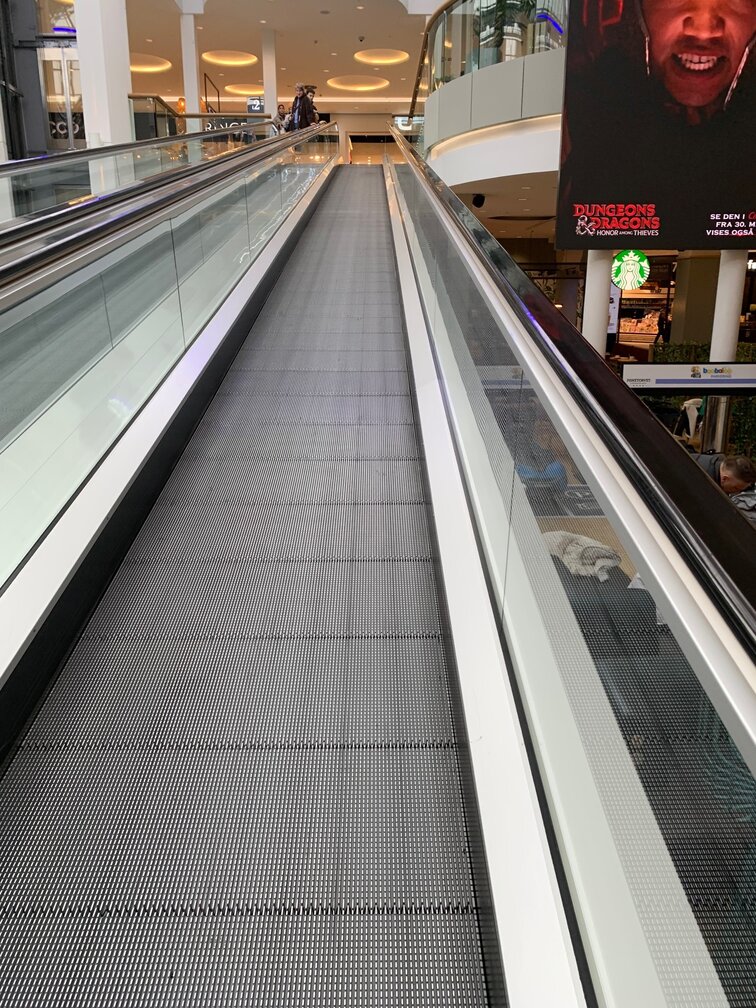
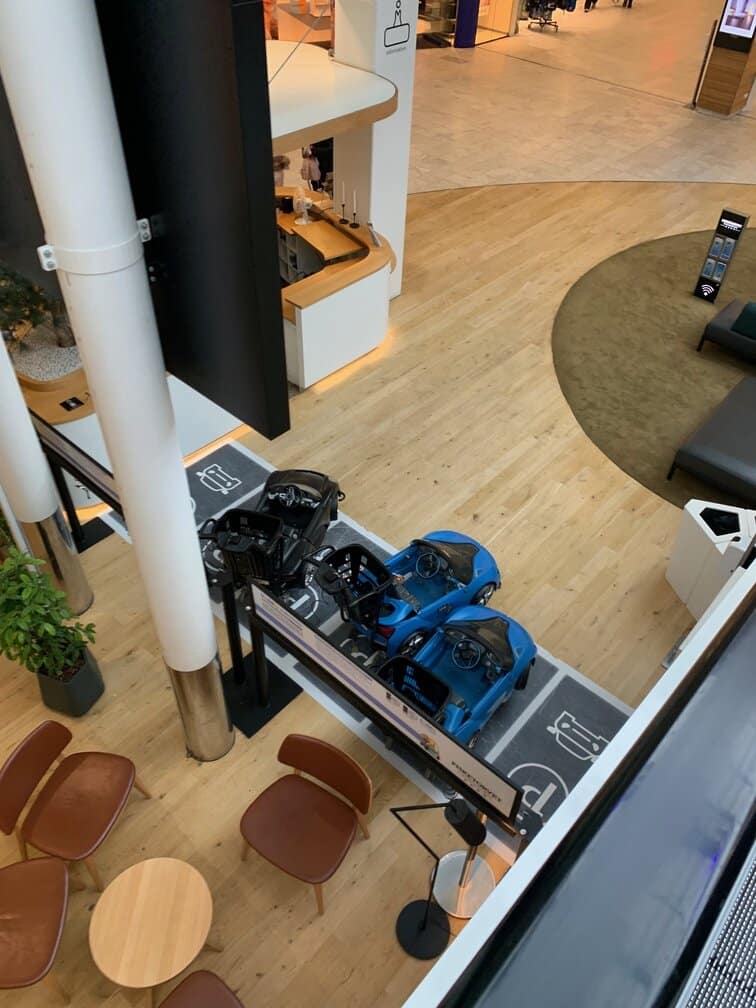
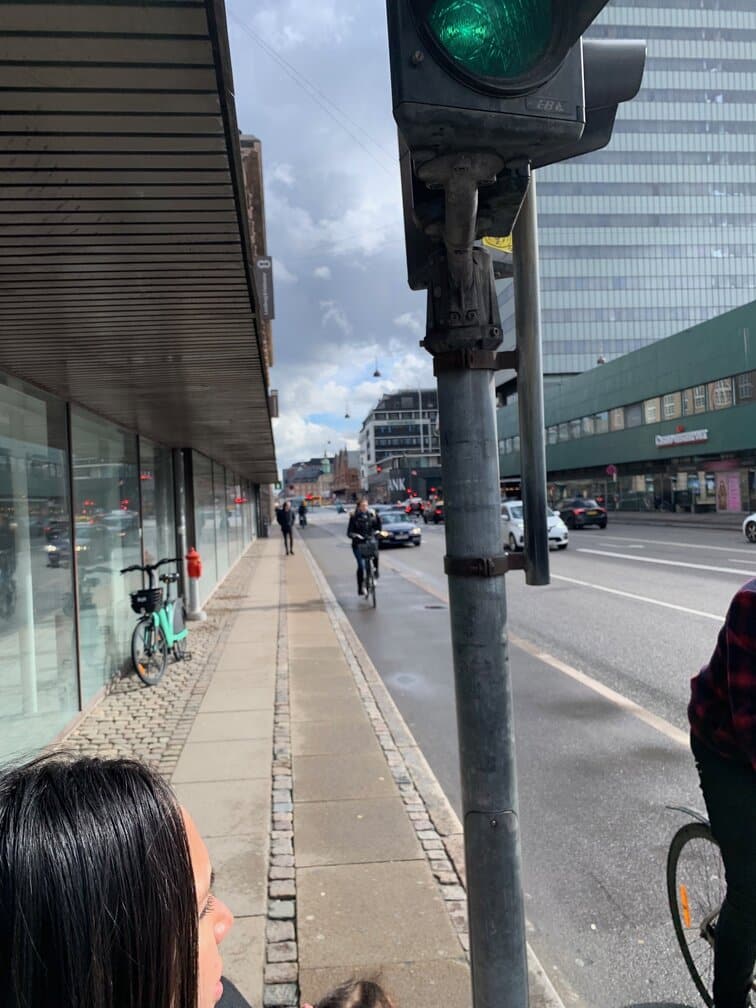
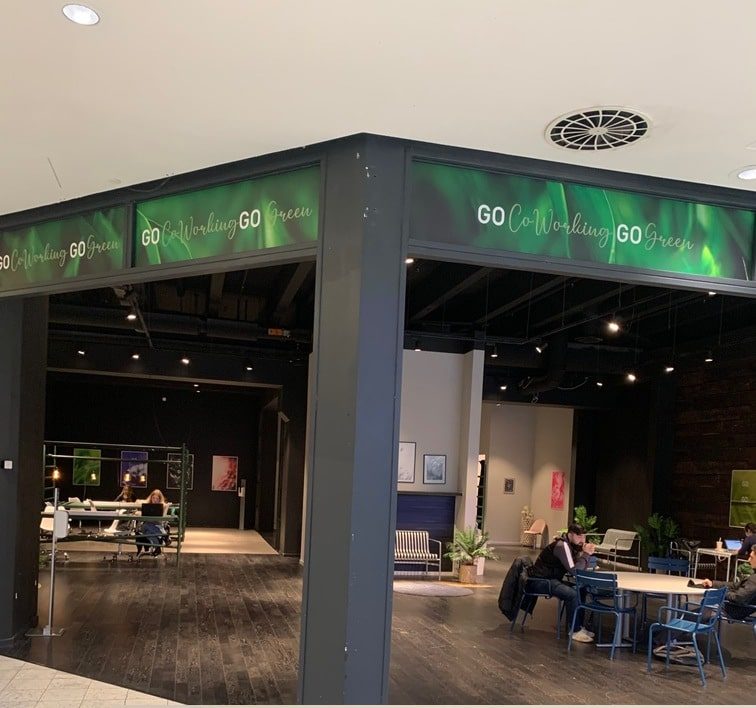
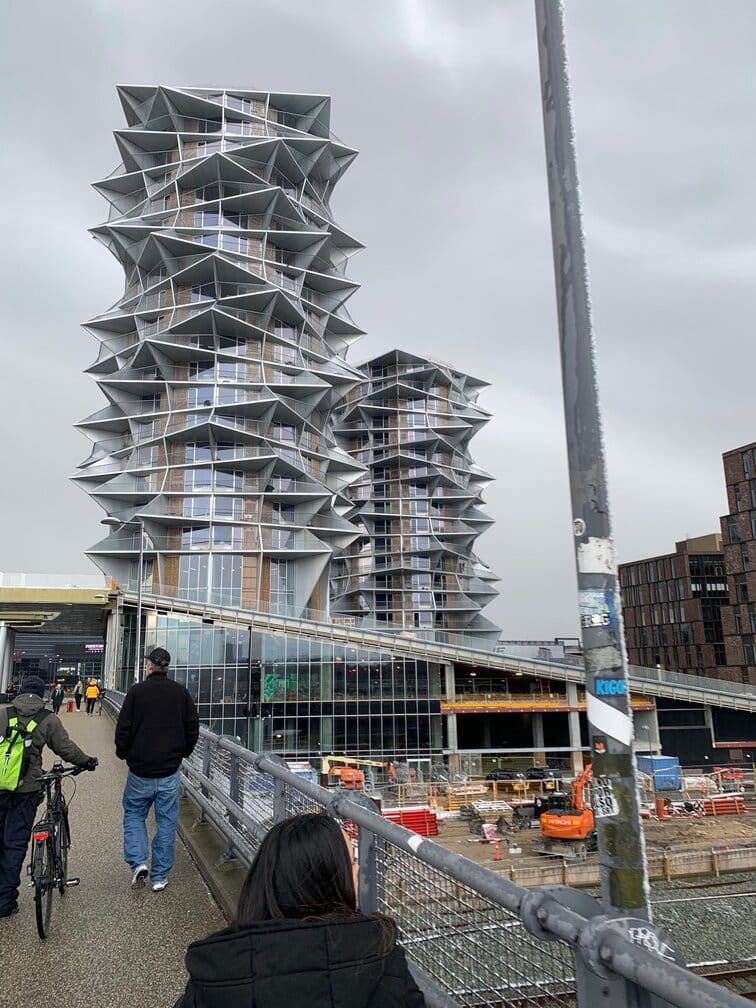
No Comments